Cold heading is used to make the heads, or fasteners, on cylindrical parts such as bolts and screws which are used in almost every industry including construction, hardware, agriculture, furniture and manufacturing. Cold headed fasteners are used to secure two components together and so are required to be strong and durable. Read More…
Here at NSK Industries, Inc. we are a turnkey manufacturing which means we will supply your cold forming needs with a short amount of lead time. Our company manages four facilities and we strive to be an unsurpassed supplier. We have the background and production lines that can get your projects done regardless of complexity. We are eager to adhere to your specifications. Please visit our website ...

As cold forming, threading and knurling specialists since 1970, we are highly skilled at manufacturing a wide selection of cold headed parts, including carriage, hex & wheel bolts, double end studs, high performance stud pins, rivets and specialty fasteners. Check out our size and style capabilities.

We are committed to customer satisfaction here at Universal Rivet Inc. We stock a wide variety of steel pins which results in fast turnaround on all orders but we also can customize any design to match your requests. Our economical solutions are durable and our seasoned teams are here to answer all of your questions. Contact us today if you would like to learn more about our company!

Blue Ridge Metals offers the very best in Wire Processing and Cold Formed products. All cold headed fasteners and components are produced and accomplished in strict conformance to the requirements of our customer specifications. Drawing on an unparalleled depth of experience, Blue Ridge Metals creates value for every customer through the fostering of teamwork and technology to better serve you.

More Cold Heading Manufacturers
Traditionally, cold heading could only be used to produce simple parts, but today with the addition of automotive and multi-station machinery, cold heading operations are capable of producing more complex parts as well. High pressure is applied by a cold header or cold forming machine to a metal blank, forcing it into a die.
The applied pressure must be greater than the elastic limit of the material in order for it to deform and be flexible enough to change shape. Materials which are commonly used in the process of cold heading include steel and stainless steel, aluminum, brass and various alloys. Stainless steel is a popular cold forming choice due to its material properties of strength and corrosion resistance.
Products formed through the process of cold working are typically dense and retain their material strength. The surface finish of a number of products is improved during the process as it is put under great stress and forced to adapt. There are also a number of other advantages to using cold forming manufacturing processes.
It is a volume-specific process that does not cut-away material in the forming process, and produces minimal scrap and waste. Other cold forming operations can be performed simultaneously such as sizing, piercing, thread rolling and blank rolling. In terms of efficient use of resources, the metal blank is used entirely in the new shape and requires minimal, if any, secondary finishing processes.
As the nature of the process is fairly straightforward, it allows for great versatility in terms of shapes. Cold heading is also an efficient process, with automatic feeding options allowing for high volume output of consistent parts. Sourcing quality raw materials is essential as this will affect the quality of the finished products. Design of the fastener or component is also important, options for heads include hexagonal, round or square, radial slot, head with slits, collar or multi-diameter extrusion.






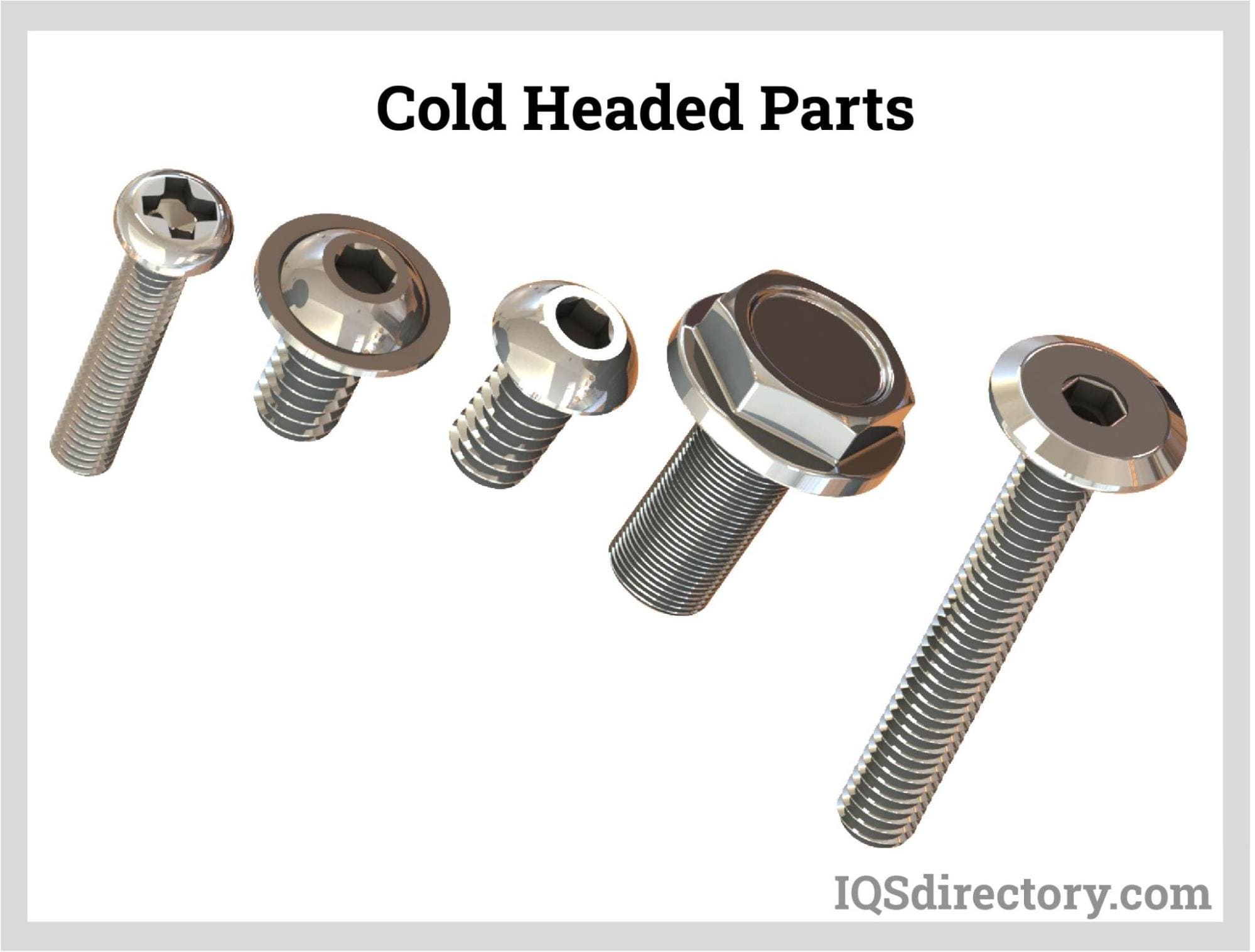
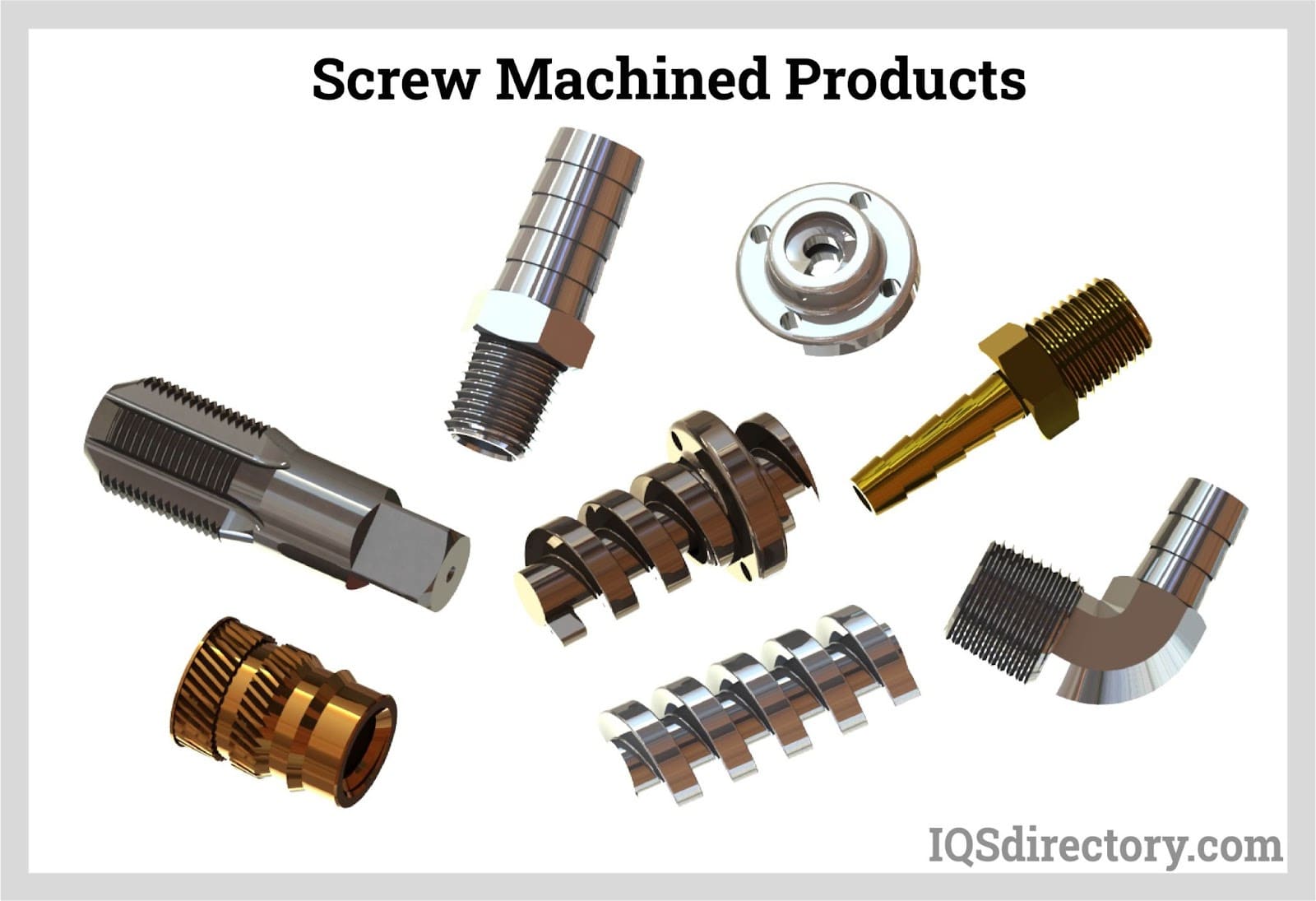
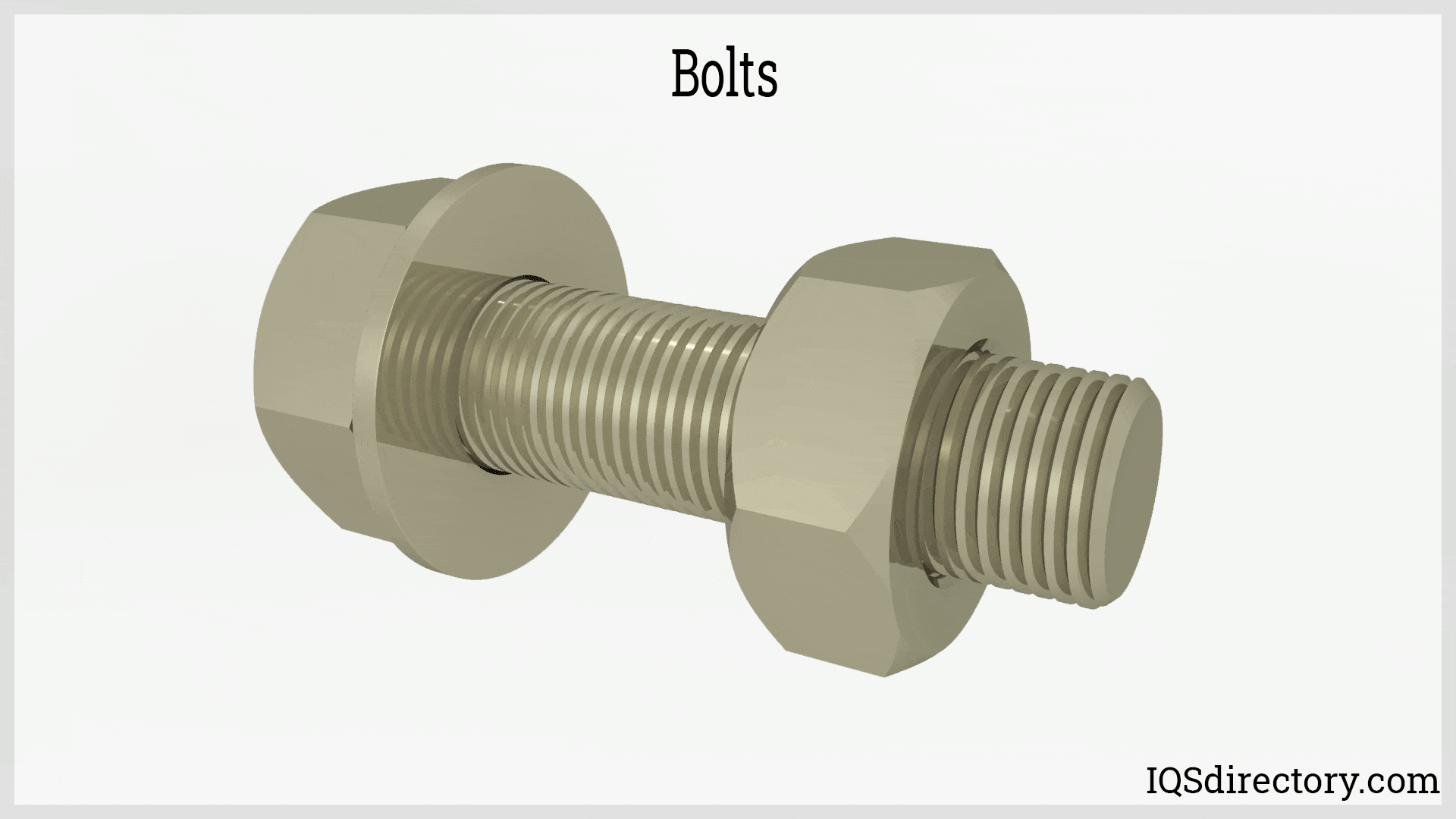

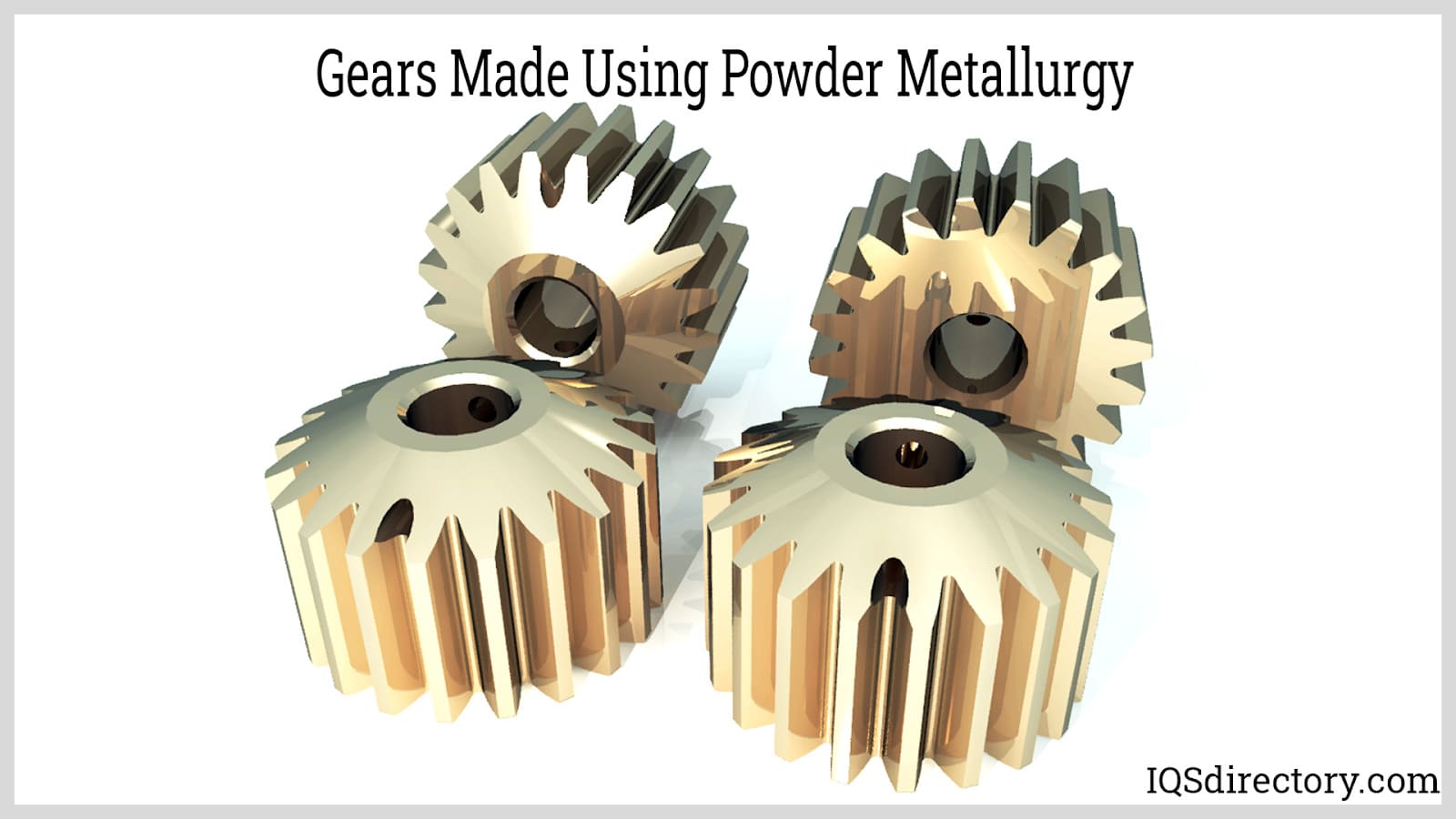
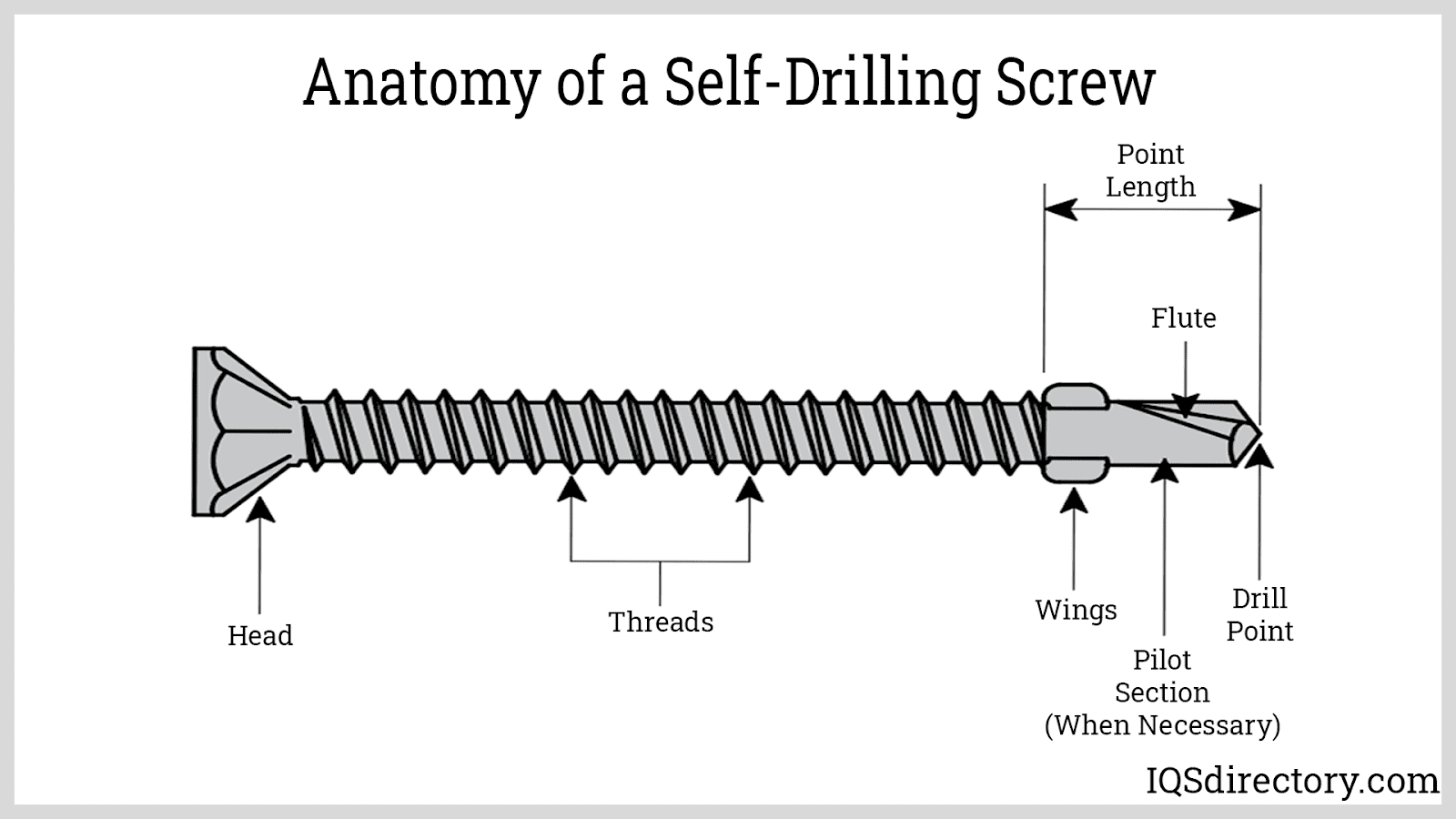
 Cold Headed Parts
Cold Headed Parts Expanded Metals
Expanded Metals Metal Spinning
Metal Spinning Powdered Metal Parts
Powdered Metal Parts Roll Forming
Roll Forming Springs
Springs Wire Forms
Wire Forms Wire Mesh
Wire Mesh Castings & Forgings
Castings & Forgings Bulk Material Handling
Bulk Material Handling Electrical & Electronic Components
Electrical & Electronic Components Flow Instrumentation
Flow Instrumentation Hardware
Hardware Material Handling Equipment
Material Handling Equipment Metal Cutting Services
Metal Cutting Services Metal Forming Services
Metal Forming Services Metal Suppliers
Metal Suppliers Motion Control Products
Motion Control Products Plant & Facility Equipment
Plant & Facility Equipment Plant & Facility Supplies
Plant & Facility Supplies Plastic Molding Processes
Plastic Molding Processes Pumps & Valves
Pumps & Valves Recycling Equipment
Recycling Equipment Rubber Products & Services
Rubber Products & Services